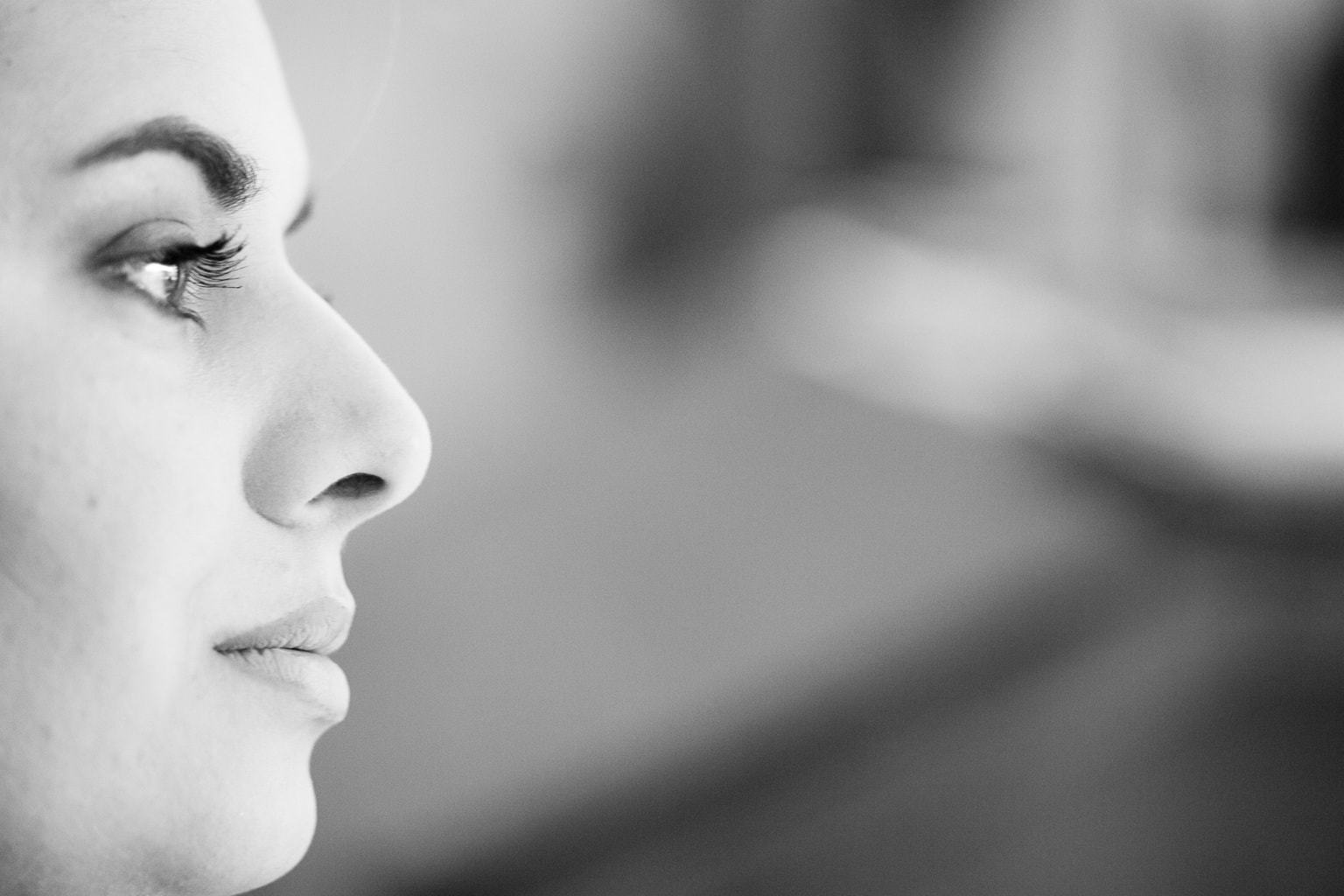The portrait is one of the most exciting topics in the world of photography and therefore one of the ones with the most followers, and not only because of the "ease" in terms of having models available, but because of everything that a portrait can achieve. transmit and tell. A landscape, an animal, can interest us, or even move us, but people not only move us, they move us.
Of course, there is no perfect recipe, a good portrait is made up of many ingredients, among them the person who shoots can alter the rest of the ingredients ? but there are some recommendations that can help you achieve a great portrait and some rules that normally you must go on. It is true that in art the rules are "relative", and I am using quotation marks because although I have said several times that the rules are to be broken and that we should not put limits on our creativity, it is also likely that you know (if you read the blog regularly ) that to skip them you have to know them well and know how to apply them. If you ignore them (in the literal sense of the word), it will be obvious that it is a failure. If you skip them with a clear intention, for an artistic or creative reason, we are talking about another story,
And since it is so important to know the rules, today we are going to talk about one of the main ones, the law of the gaze in portrait photography. It is very easy to understand and carry out and the difference between applying it or not is enormous. It simply consists of leaving space in front of your model's gaze. There is talk of letting the person “breathe”, letting them “air” so that they do not create a feeling of suffocation, or of being overwhelmed. The free space must always be in front of your subject, if you do it like this, the image will become more attractive and interesting. This rule helps direct the gaze and arouse curiosity about what the protagonist will be observing. The best you can see is with examples, so here are some.
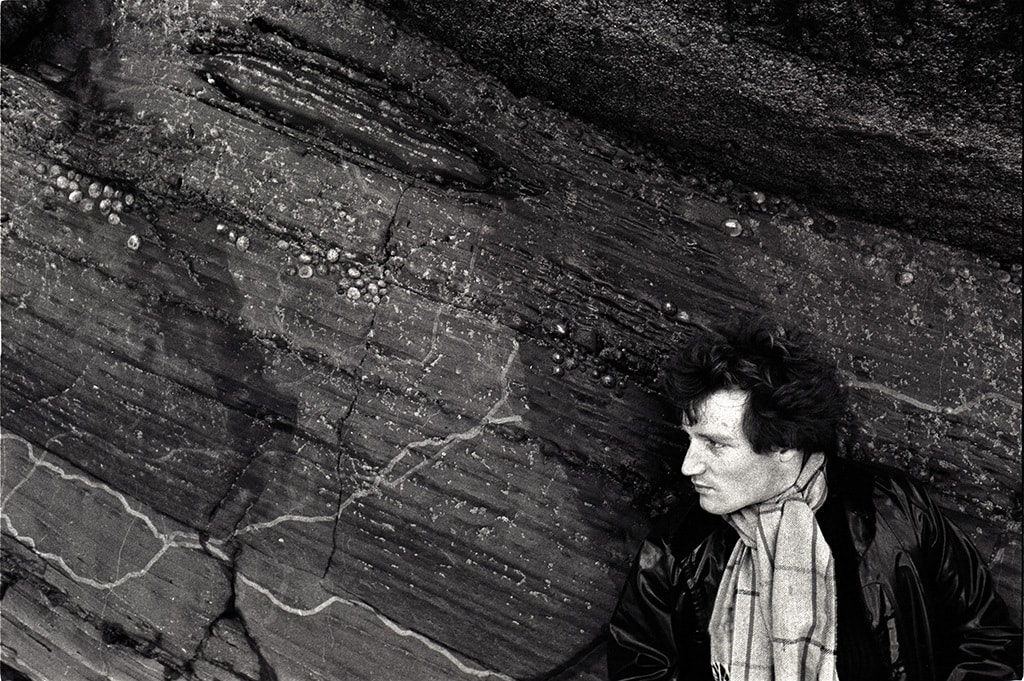
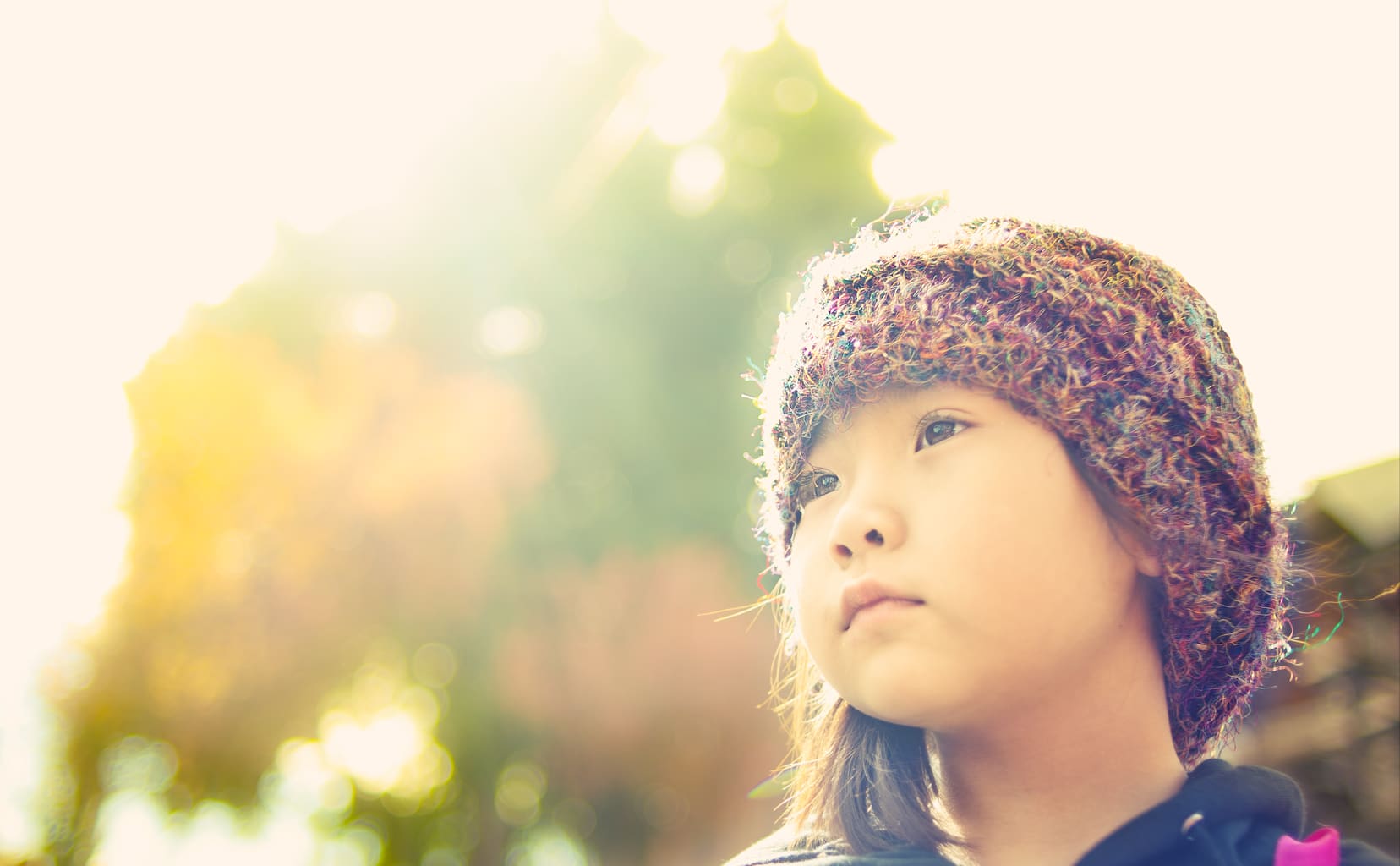
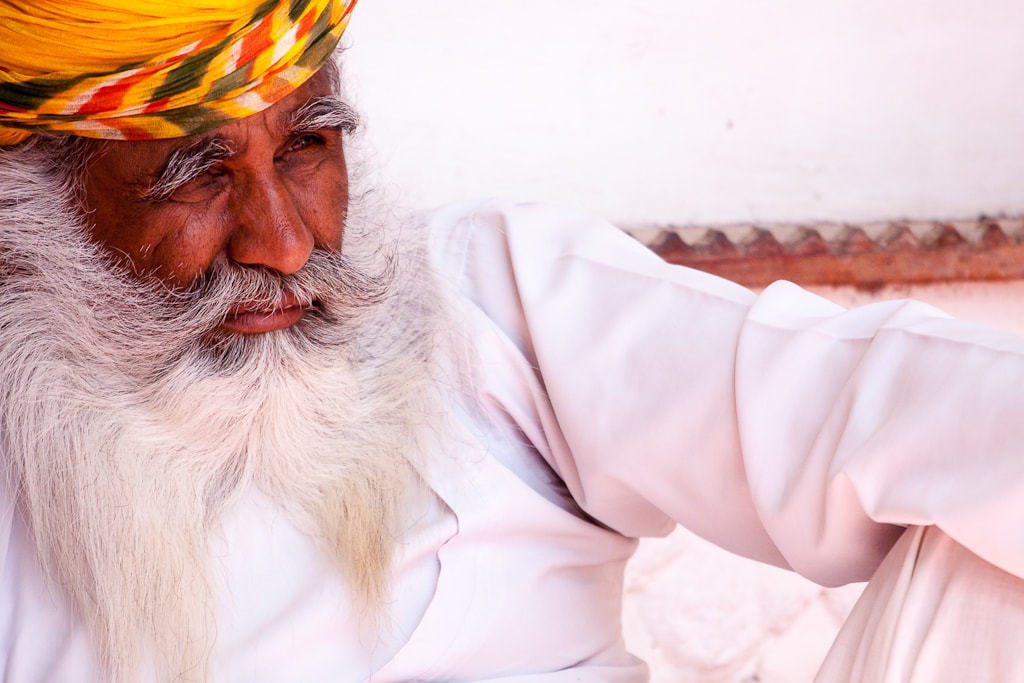
When I think of this rule, it comes to mind when we were punished as children by staring at the wall. If you think about it, it's something similar, but in this case the wall would be the edge of the image. Putting your protagonist "face to the edge" of the photo is like punishing him, preventing him from participating in the scene, cutting his wings to fly, limiting his vision and his ability to move. Because when we talk about gaze, we also talk about directionality, he can be looking down, but if his whole body is directed to the left, you can't put the limit on that side. It would not be worth just leaving the space to the right and below the gaze. If you do it, it's because you want to convey something concrete with that action, in that case, go ahead! Look at this image, I am almost sure that what the author intended by ignoring the law of the gaze was precisely to "deprive" the woman portrayed of that freedom of movement, expression and even dreams. The vast space, the interestingness of the landscape, has left it behind her, out of her reach, thus accentuating her sad and melancholic expression.
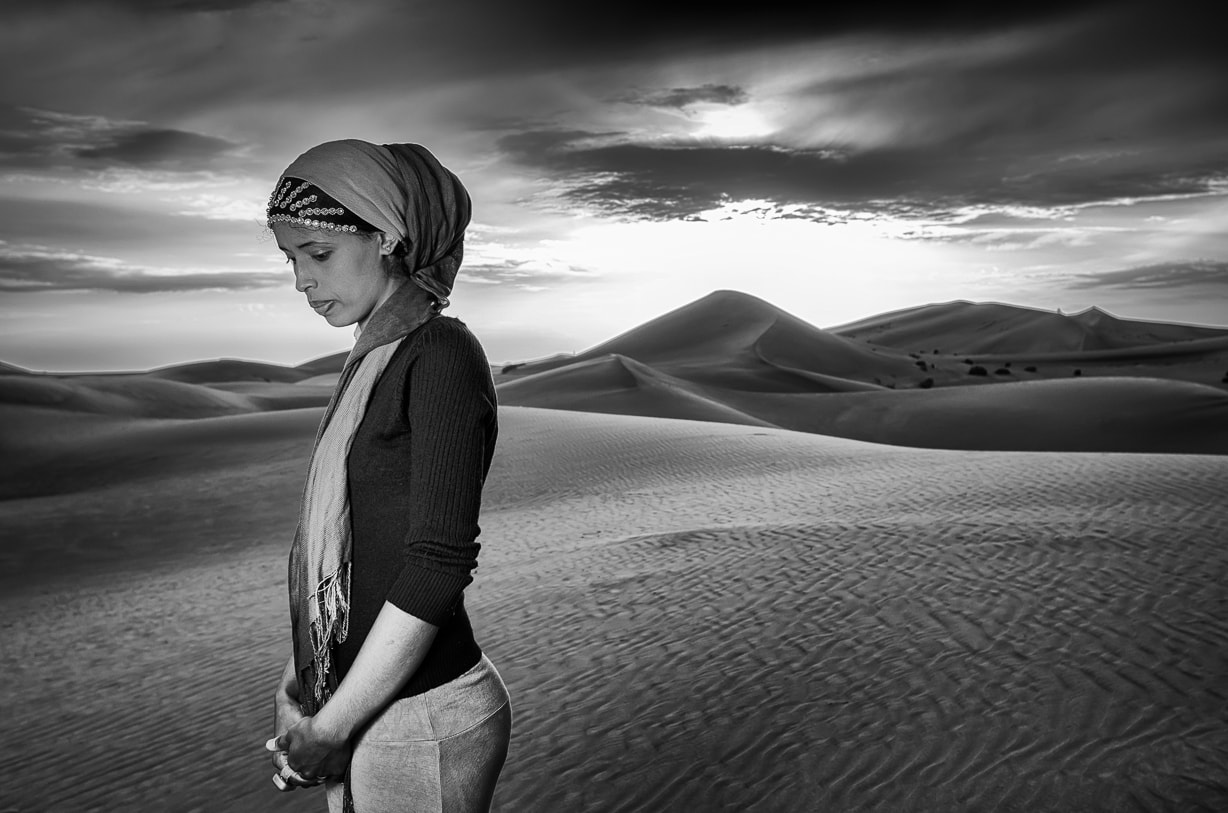
Compare it with this other one, the sensations are tremendously different, right?
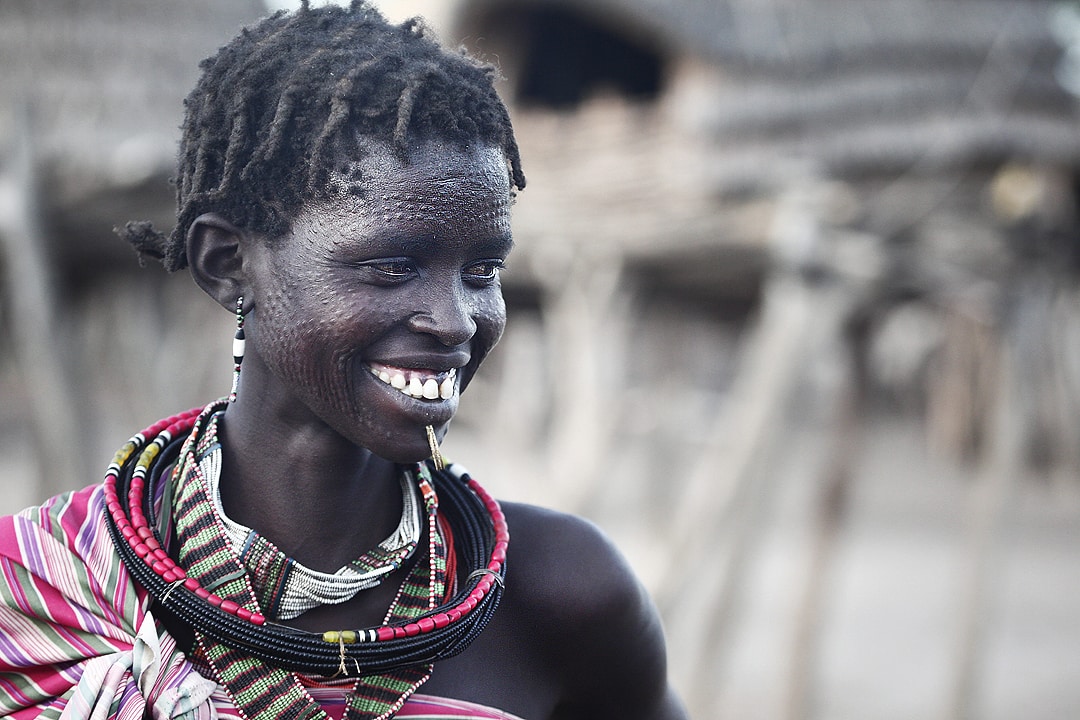
In the following case, there also seems to be a clear intention to confuse the public, to create a sensation of claustrophobia... If you look at the gesture of the sitter, it will give you the feeling of being scared, cornered... cutting off "the air" right in front of him further increases that feeling, don't you think?
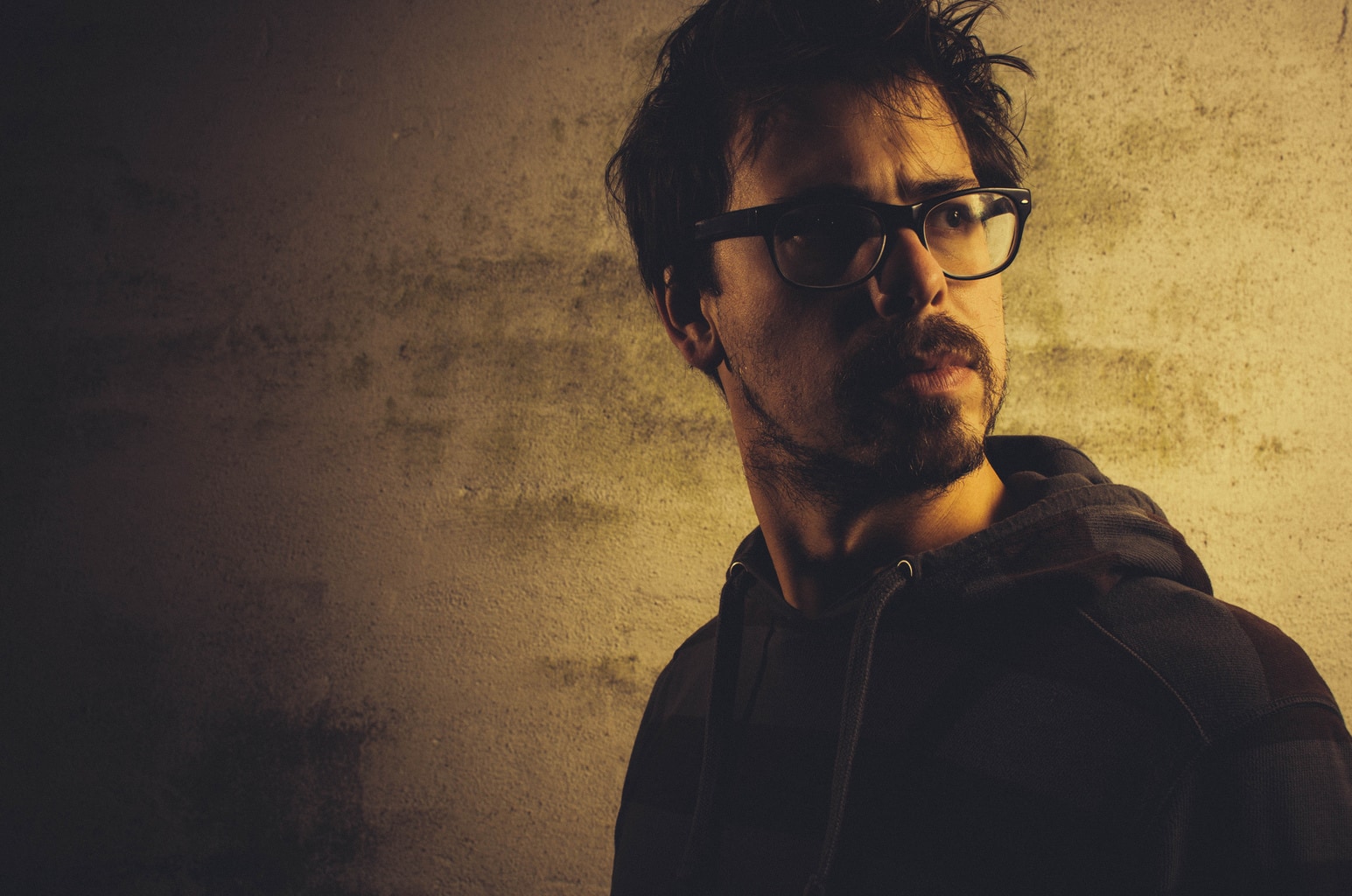
As I said before, the space does not necessarily have to be to the left or to the right, everything will depend on the "direction" of the subject. Look at this example so you can see it clearly, very clearly ?
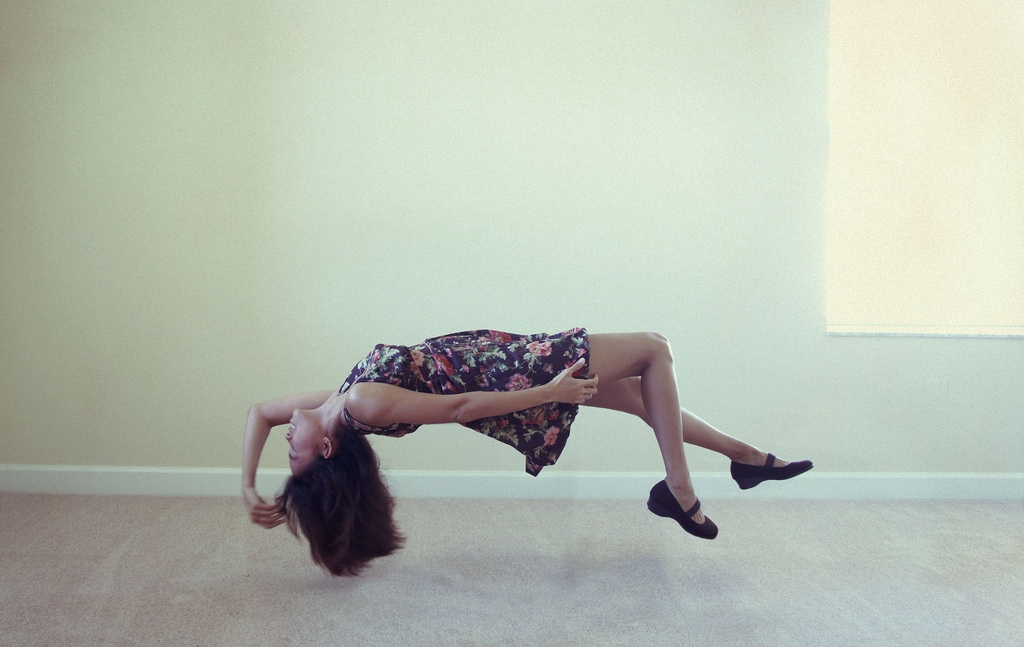
You can also respect this rule when several people appear in the photograph. Normally a portrait is of a person, but images like the following can also be given. On this occasion, the author has framed respecting the law of the gaze in both cases, leaving as a result a wonderful photograph:
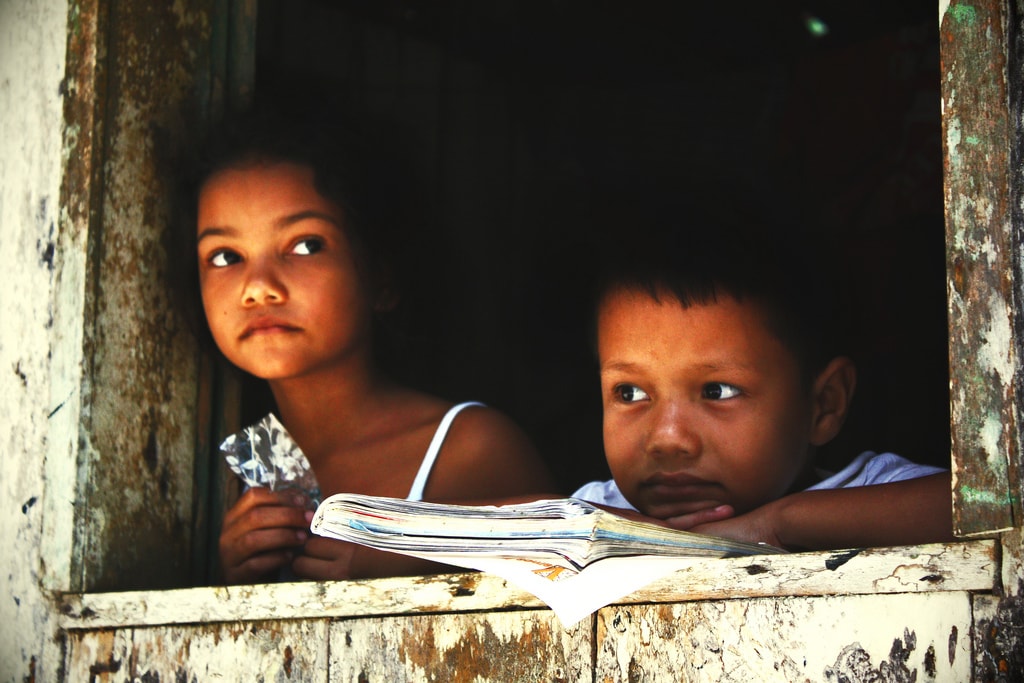
If you are still not completely clear, I will give you some more examples in which the law of the gaze is fulfilled and that can serve as inspiration.
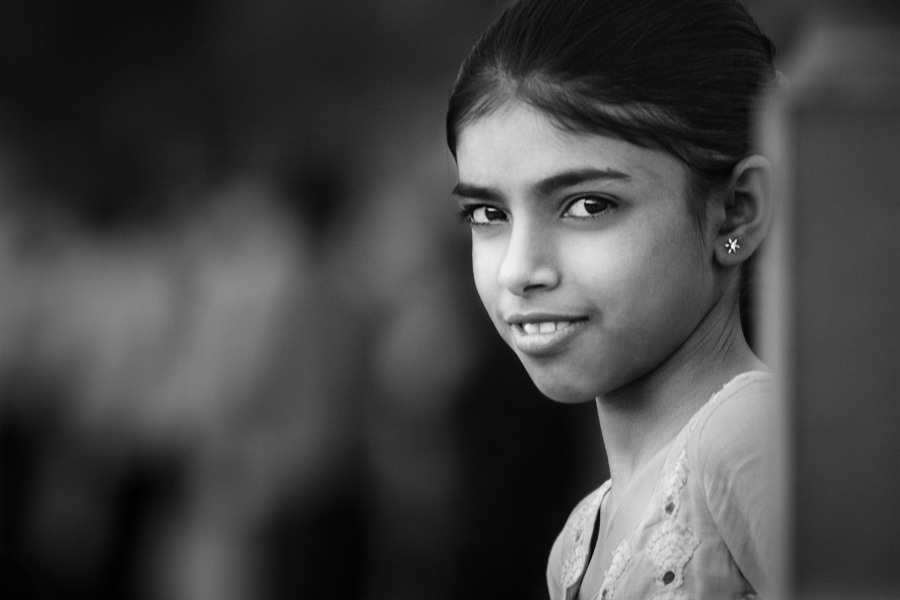
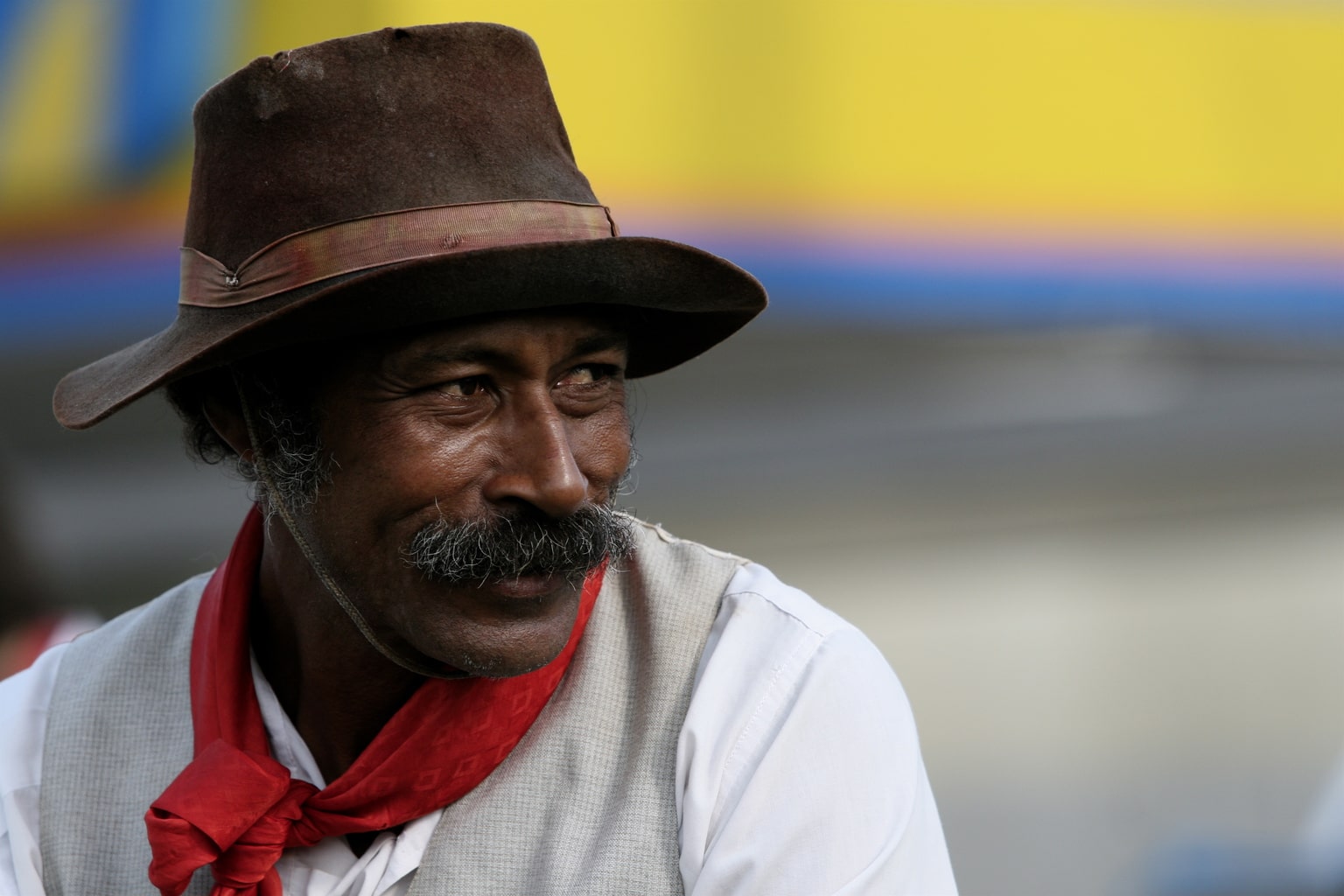
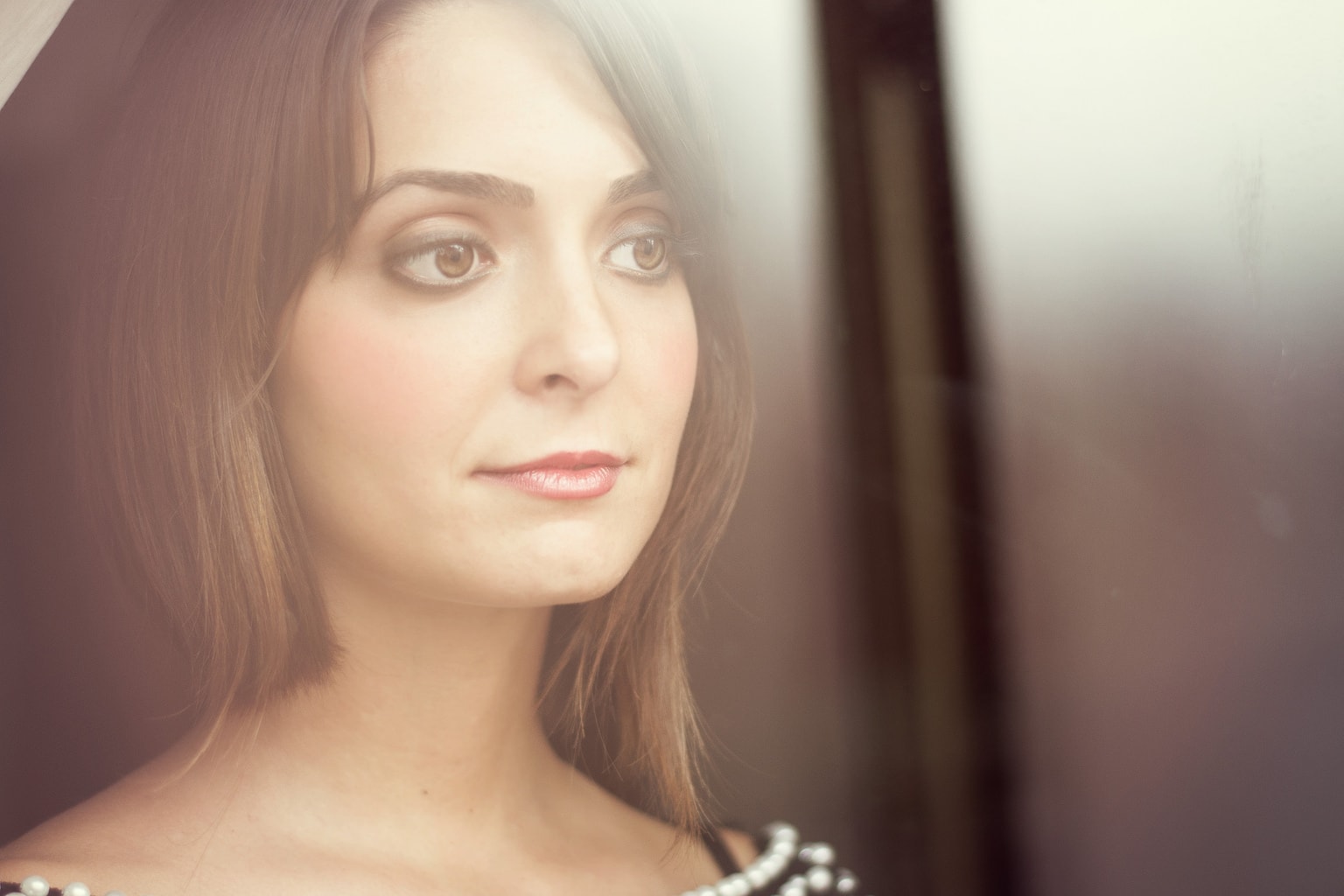

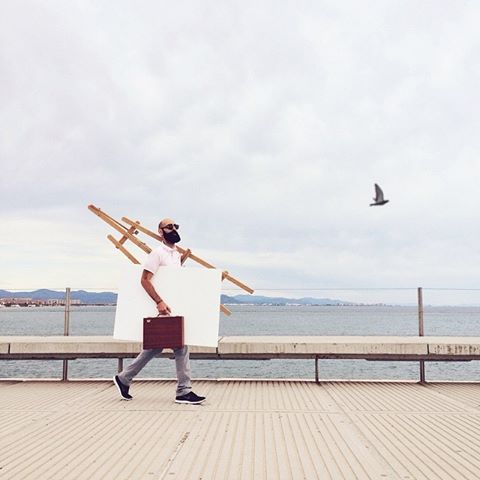
Haven't you got a terrible desire to look for your camera and launch yourself in search of portraits in which you can play with the law of the gaze and transmit all these sensations? I bet that yes, you can't wait to see the effect you can achieve with this simple composition rule. And if you want to delve into photographic composition and learn all the tips and tricks for some of the most impressive photographs, I recommend this mega guide
that we have prepared for you.

